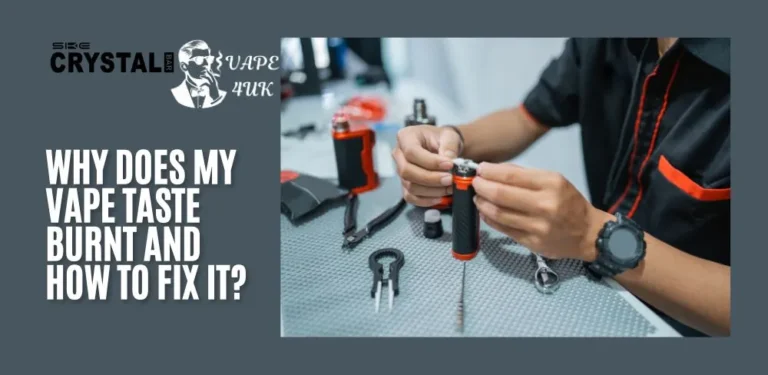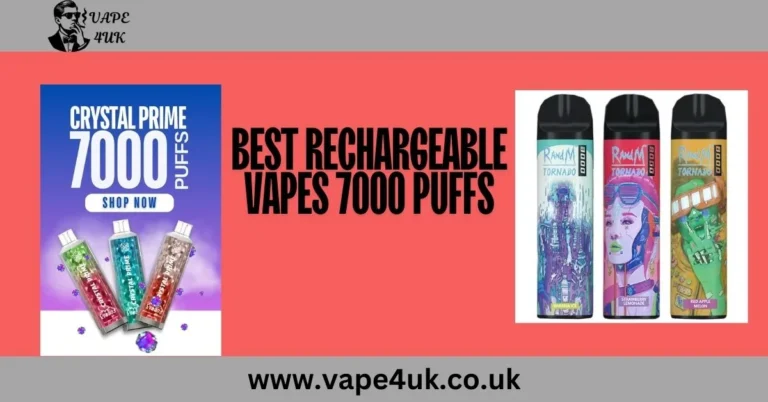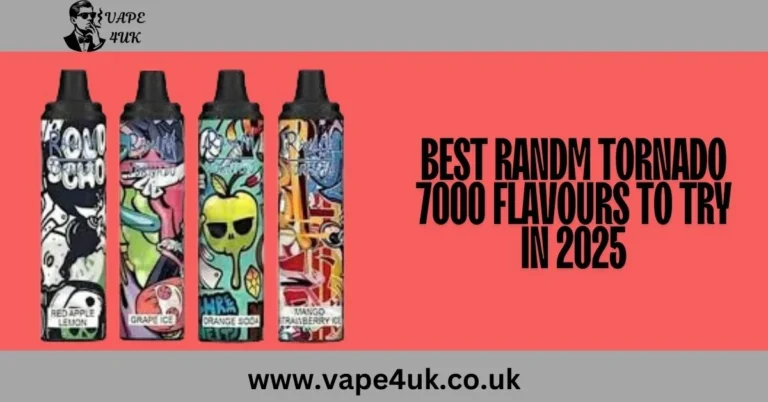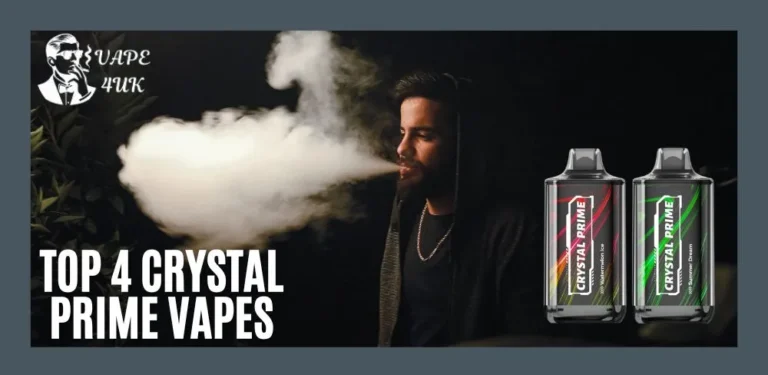TPD Compliance in Vaping

The vaping industry has grown rapidly in recent years, providing smokers with a viable alternative to traditional tobacco products. However, with this growth comes the need for regulations to ensure the safety and quality of vaping products. In the UK and the wider European Union, the Tobacco Products Directive (TPD) plays a crucial role in regulating the vaping industry. TPD compliance in vaping is essential for both manufacturers and retailers to ensure that vaping products are safe for consumers and meet the legal standards set by authorities.
Understanding TPD Compliance in Vaping
The Tobacco Products Directive (TPD) is a set of regulations introduced by the European Union to control the production, sale, and marketing of tobacco-related products, including e-cigarettes and vaping products. TPD compliance in vaping ensures that these products are standardized, safe, and clearly labelled. The directive aims to protect public health by minimizing the risks associated with vaping and preventing underage use.
Overview of the Tobacco Products Directive (TPD)
The TPD was introduced in 2016 and sets out rules for nicotine-containing e-liquids and devices. This includes standards for packaging, labelling, advertising, and the ingredients used in e-liquids. Compliance with the TPD is mandatory for any manufacturer or retailer selling vaping products within the EU and the UK. The directive primarily aims to reduce health risks, prevent addiction among young people, and provide consumers with accurate information about the products they are using.
Importance of TPD in the Vaping Industry
The importance of TPD compliance in vaping cannot be overstated. It helps maintain high standards of safety and quality, ensuring that users are well informed about what they are consuming. By setting limits on nicotine levels and requiring detailed product information, the TPD aims to minimize the potential harm of vaping. For manufacturers, compliance is not just about legality—it’s about consumer trust, brand reputation, and ultimately, the sustainability of their business.
Key Regulations Under TPD
TPD compliance in vaping involves adhering to several key regulations set by the directive. These rules are designed to ensure the safety, consistency, and quality of vaping products, while also protecting public health. The regulations impact aspects like e-liquid composition, packaging, nicotine strength, and overall product safety.
E-Liquid Bottle Size Restrictions
One of the key components of TPD compliance in vaping is the restriction on bottle sizes for e-liquids. Under the TPD, e-liquid bottles must not exceed 10 ml for nicotine-containing liquids. This rule aims to minimize the risk of accidental ingestion, particularly by children.
Nicotine Strength Limitations
The TPD also sets limitations on the strength of nicotine in e-liquids. According to the directive, the maximum permissible nicotine concentration is 20 mg/ml. This ensures that consumers are not exposed to excessively high levels of nicotine, thereby reducing the potential for nicotine poisoning and addiction.
Tank and Pod Capacity Limits
In addition to e-liquid restrictions, TPD compliance in vaping also dictates the maximum capacity of tanks and pods. The capacity for refillable tanks is limited to 2 ml. This rule is designed to prevent excessive nicotine consumption in a short period, making it safer for users.
| Regulation | Limitation |
|---|---|
| E-Liquid Bottle Size | 10 ml |
| Nicotine Strength | 20 mg/ml |
| Tank/Pod Capacity | 2 ml |
Packaging and Labeling Requirements
TPD compliance in vaping also focuses on packaging and labelling. All vaping products must have childproof and tamper-evident packaging. Labels must provide a clear list of ingredients, include health warnings, and indicate the nicotine content. Moreover, the packaging should avoid any misleading information, ensuring that consumers are fully informed about the product’s contents.
Prohibited Ingredients
The TPD bans certain ingredients that may pose a risk to health. For instance, colouring agents, caffeine, and taurine are not allowed in nicotine-containing e-liquids. The aim is to prevent additives that could potentially make vaping more appealing to younger users or carry unknown health risks.
Compliance Requirements for Manufacturers
For manufacturers, TPD compliance in vaping is a complex but essential part of producing e-cigarettes and e-liquids for the UK and EU markets. They must meet strict regulations regarding product quality, safety testing, and submitting reports to regulatory bodies before launching any product.
Product Notification and Submission
For manufacturers, achieving TPD compliance in vaping involves a series of steps before a product can be sold. All products must be submitted to relevant authorities for notification, including detailed information about the ingredients, emissions, and toxicological data. This process ensures that only verified products reach the consumer market.
Emissions and Ingredient Reporting
Manufacturers must also submit reports detailing emissions produced during the use of their devices. This information includes carbonyl compounds, volatile organic compounds, and other substances that might have harmful effects. This ensures transparency in what users are inhaling.
Safety and Quality Standards
Safety is at the core of TPD compliance in vaping. Manufacturers must adhere to rigorous quality control standards, ensuring the safety of electronic circuits, batteries, and any other components used in vaping devices. By following these safety standards, manufacturers can reduce risks such as overheating, leakage, and battery failures.
Impact on Retailers and Consumers
TPD compliance in vaping doesn’t just affect manufacturers; retailers and consumers are significantly impacted as well. Retailers must follow specific rules regarding the sale and marketing of vaping products, while consumers can expect safer products and more regulated information about what they are purchasing.
Sales and Marketing Restrictions
Retailers are also subject to strict rules under TPD compliance in vaping. Advertising vaping products on television, radio, and print is heavily restricted. These regulations help to reduce the visibility of vaping products, thereby preventing the attraction of non-smokers and young audiences.
Age Verification and Sales to Minors
Retailers must implement strict age verification processes to ensure that vaping products are not sold to minors. This is crucial in preventing underage vaping and limiting exposure to nicotine at an early age. TPD compliance in vaping makes it illegal to sell these products to anyone under 18 years of age.
Cross-Border Sales Regulations
The TPD also regulates cross-border sales of vaping products. Retailers wishing to sell products online across borders must register with their national authority to maintain TPD compliance in vaping. This helps control the sale of unapproved products and ensures adherence to local laws.
Enforcement and Penalties
The enforcement of TPD compliance in vaping is handled by national authorities. They conduct regular checks to ensure products meet safety standards and regulations. Non-compliance can lead to severe consequences, which are intended to uphold the integrity and safety of the vaping market.
Monitoring and Compliance Checks
Regulatory authorities carry out regular monitoring to verify TPD compliance in vaping across the industry. Non-compliance can result in severe penalties, including fines, product recalls, or even business closure. These enforcement measures help maintain industry standards and protect consumers.
Penalties for Non-Compliance
Penalties for failing to meet TPD compliance in vaping are strict. Retailers and manufacturers who fail to comply can face significant financial penalties, which can range from fines to complete bans on selling their products. The enforcement of these penalties ensures that businesses take compliance seriously.
Challenges and Criticisms of TPD
While TPD compliance in vaping ensures safer products, it has faced criticism from both the industry and consumers. Some argue that the strict limitations on nicotine levels and tank sizes restrict user experience and the ability of the industry to innovate freely. Balancing regulation and consumer demand remains a significant challenge.
Industry Perspectives
While TPD compliance in vaping has improved product safety, it has not been without criticism. Manufacturers argue that the restrictions on e-liquid bottle size and nicotine strength limit consumer choice and innovation. Additionally, some small businesses struggle to meet the costs associated with compliance.
Consumer Concerns
From a consumer standpoint, some vapers feel restricted by the 2 ml tank capacity and nicotine limits. These restrictions mean frequent refills and a lack of higher nicotine options, which some former smokers prefer during the transition from smoking to vaping. Despite these criticisms, the TPD remains focused on safety and consumer protection.
Future of TPD and Vaping Regulations
The landscape of TPD compliance in vaping may change as regulations evolve to address new research and market dynamics. Authorities may make revisions to better balance health concerns, consumer satisfaction, and innovation in the vaping industry. Keeping an eye on these changes is vital for stakeholders.
Potential Revisions and Updates
The future of TPD compliance in vaping may involve potential revisions to address industry and consumer feedback. Authorities continue to evaluate the impact of the current regulations and may consider amendments to better balance safety with consumer preferences.
Global Influence and Comparisons
The TPD compliance in vaping regulations have influenced vaping laws worldwide. Countries outside the EU have taken cues from the TPD when drafting their own rules, meaning the directive has had a significant global impact on how vaping products are regulated.
Conclusion
Summary of TPD Compliance in Vaping
In conclusion, TPD compliance in vaping is a vital framework that regulates the vaping industry in the UK and the EU. It provides clear guidelines for manufacturers and retailers, ensuring that vaping products are as safe as possible for consumers. While the rules may pose challenges, they are crucial in ensuring public health and reducing the risks associated with vaping. Understanding and adhering to these regulations are essential for anyone involved in the vaping industry.
Importance of Adherence to Regulations
Adhering to TPD compliance in vaping is not just about meeting legal requirements—it’s about prioritizing safety and building consumer trust. For both manufacturers and retailers, understanding and following these guidelines is key to contributing positively to the growth and acceptance of vaping as a smoking alternative.
Frequently Asked Questions (FAQs)
What is TPD compliance in vaping?
TPD compliance in vaping refers to adhering to the standards set by the Tobacco Products Directive, which includes regulations on e-liquid ingredients, packaging, nicotine levels, and product safety.
Why is nicotine strength limited under TPD?
The nicotine strength is limited to 20 mg/ml to prevent excessive nicotine intake, ensuring consumer safety and reducing the risk of addiction.
What are the penalties for non-compliance with TPD?
Penalties for failing to meet TPD compliance in vaping include fines, product recalls, and potentially, a ban on the sale of products.
How does TPD compliance affect e-liquid bottle sizes?
Under TPD compliance in vaping, e-liquid bottles cannot exceed 10 ml to minimize accidental ingestion risks, particularly for children.
Are cross-border sales of vaping products regulated under TPD?
Yes, cross-border sales are regulated under the TPD. Retailers must register with their national authority to legally sell products online across borders, ensuring TPD compliance in vaping.






